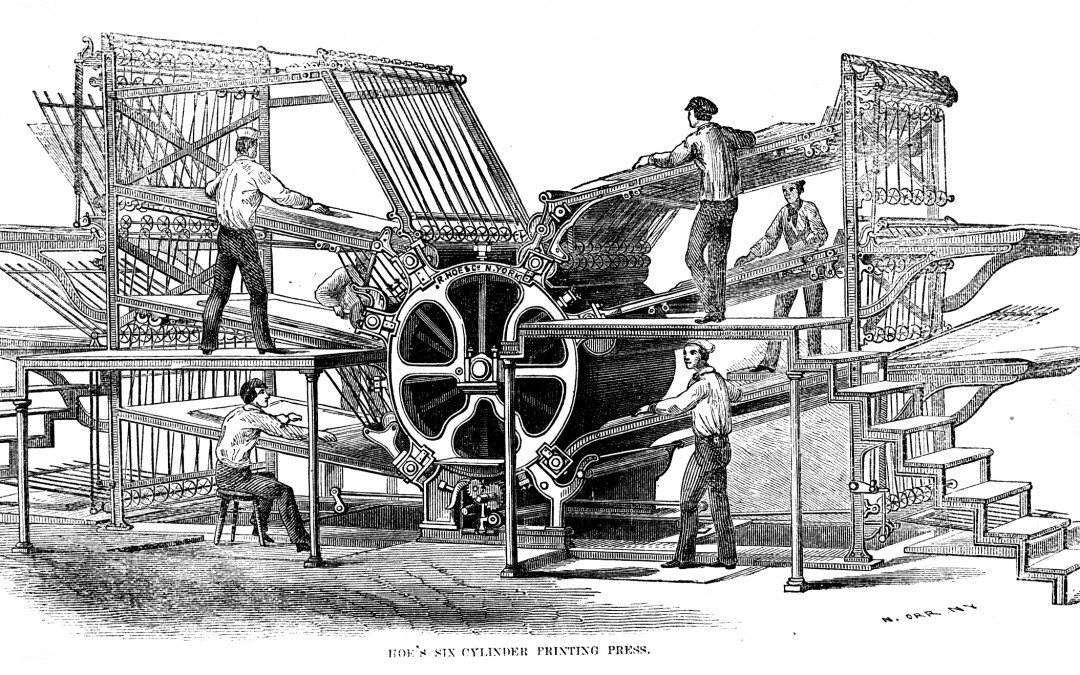ARTH 639 Architectural History, Theory and Criticism: Construction Paper
- Mondays, 2:45-5:45 pm
- Dr. Nicola Pezolet
In this seminar, we will focus on books, treatises, newspapers, magazines, pamphlets, and other printed media, as means for disseminating information about architecture and shaping its place in the popular imagination. The impetus for this seminar originates from a basic observation: most people, prior to the digital revolution, first encountered iconic buildings as texts, drawings and/or photographs on a printed page, before (or even if) they were visited in situ. How does this encounter with architecture on the page affect the way we think about construction and the “art of building”? How is architectural knowledge produced, circulated, and consumed in print?
Since the early modern era, print culture has been the privileged vehicle to document the history of art and architecture. To this day, books and journals are an essential part of our discipline. Beyond its archiving function, print culture serves to promote and legitimize new tendencies in various creative and professional fields and has played a key role in the redefinition of the public sphere in the transatlantic world. As “dispositifs”, printed publications served as mass media that not only spread information very rapidly but also help re-shape norms and perceptions about social space. The versatile design of modern publications and their creative graphic layouts have also allowed authors and audiences to generate analogical connections between different creative practices, by reference to some shared formal and material dimensions (think of the juxtapositions of avant-garde paintings and new buildings in early histories of the Modern Movement, for example).Print culture has forever altered the ways builders, designers, decorators, planners and artists communicate ideas with each other and with non-professionals.
Throughout the term, we will focus on the time period that spans between the early 19th century up to the late 20th century. We will consider various types of artistic and architectural publications, with a special emphasis on architectural treatises, professional/trade journals, pattern books, liturgical publications, avant-garde magazines, exhibition catalogues, and art historical survey textbooks. Using various case-studies, the seminar will weave together different sets of questions in order to foster a critical understanding of the history, theory and criticism of architecture: what is the position of architectural print culture in the market of symbolic goods at different moments and places? What kinds of authors and readers are produced in such discursive spaces? How does the visual layout, particularly the creative uses of typography, floor plans, illustrations and photography, play a role in articulating and supporting various ideological positions in a text? How do publications both reflect and shape various issues such as the rise of new building technologies? How does print relate to social, political, commercial and religious issues? Fashion and the construction of gender norms? How has print culture helped create art historical canons and counter-discourses? Finally, what are some of the research implications of the massive digitization and online distribution of older books and other printed publications? The seminar hopes to take advantage of the resources available in local universities and institutional libraries, such as the collections at Concordia, McGill and especially at the Canadian Centre for Architecture.
 Six-cylinder rotary press, 1860s. Source: N. Orr, History of the Processes of Manufacture, 1864. Public domain.
Six-cylinder rotary press, 1860s. Source: N. Orr, History of the Processes of Manufacture, 1864. Public domain.
